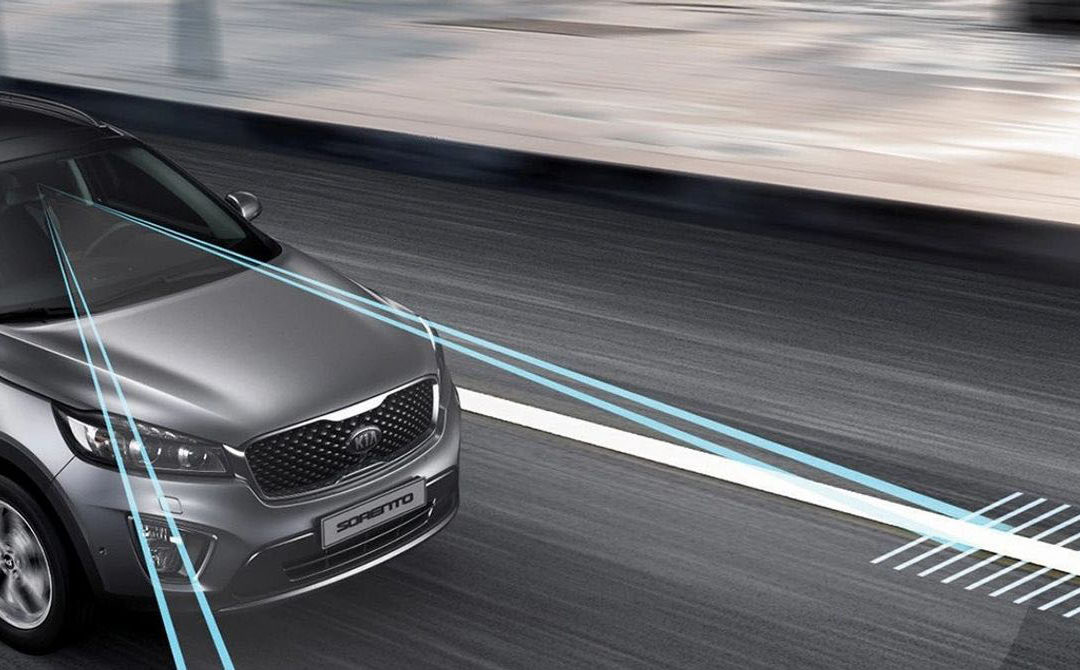If you drive a vehicle newer than 2010, the odds are that you have a camera or sensor built into your windshield. Sometimes they are clearly visible to you and sometimes they’re tucked away harder to see. You can always refer to your owner’s manual for more information about your windshield and related safety features. The specifications for your specific windshield can also be determiend via VIN number and inspection in an auto glass shop.
Calibration varies from vehicle to vehicle, depending on the technology present. The process begins by scanning the computer system for any reported errors, issues, or miscalculations. This is followed by a thorough inspection of the actual safety system, and then replacing or recalibrating components of the windshield. By definition, Calibration is the process of measuring a set of independent measurements. There are two types of calibration: static and dynamic. Both of these means of calibration are used for different kinds of vehicles.
Dynamic Recalibration: this involves calibrating measurement that changes over time, which involves driving the vehicle over a period of time. The vehicle is set to calibrate and then driven at a set speed on a well-marked road, allowing the cameras and sensors to collect data in an active environment. This allows the computer system to adjust and recalibrate the sensors and cameras.
Static Recalibration: This process is done ‘independent of time’, where known measurements are applied to a measuring system. An image is mounted on a fixture in front of the vehicle, set a specifically measured distance and location for the recalibration process. The computer will use it’s various sensors to assess the target image in order to calibrate itself. This process is done several times until all of the errors are isolated.
If you have been in an automotive accident, even a minor fender bender, it is imperative to have all of your safety systems inspected for misalignment and recalibrated if necessary. These safety features do not work if they aren’t correctly calibrated.

